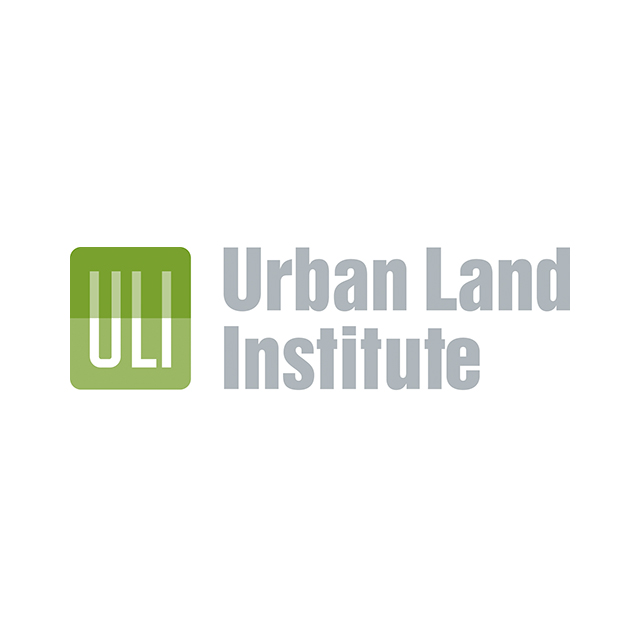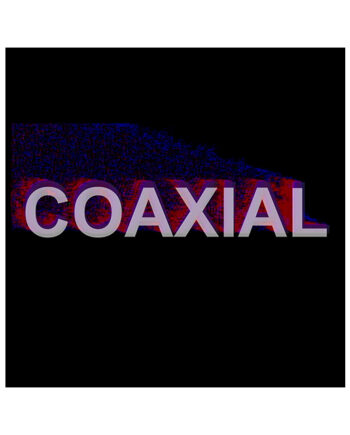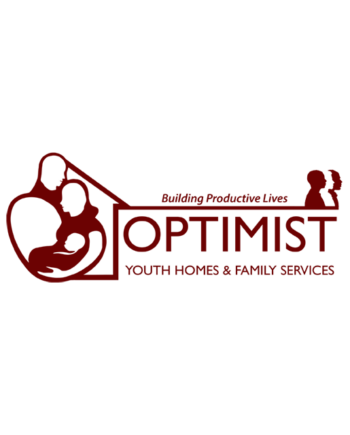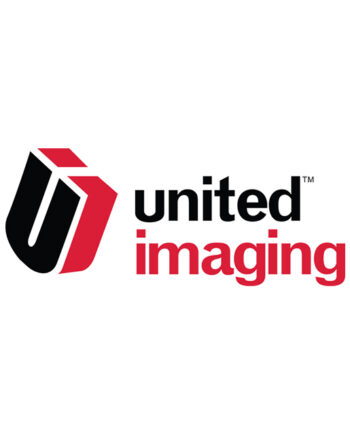Description
The ULI Foundation works to make the world a better place by supporting the research and programs of the Urban Land Institute.
Fundraising Priorities
Advising communities in need
Deliver the experience and expertise of ULI members to communities facing critical land use challenges
Shaping cities and regions
Foster the planning and development of vibrant, competitive metropolitan areas through sharing global best practices and promoting effective relationships among business, government, and community stakeholders
Developing excellence through education
Create learning experiences that develop professional expertise and personal leadership skills in support of the individual, the community, and the real estate industry
Driving innovation in real estate and urban development
Analyze the evolution of real estate market demand, changing technology, policy trends, and investment patterns to help identify opportunities, develop creative responses, and manage risk
Building sustainably
Clarify the connections between responsible use of resources, the built environment, and long-term environmental health, and demonstrate a compelling business case for resource efficiency
Connecting capital and the built environment
Ensure the attractiveness of real estate to global allocators of capital by understanding and explaining the dynamics affecting real estate value









